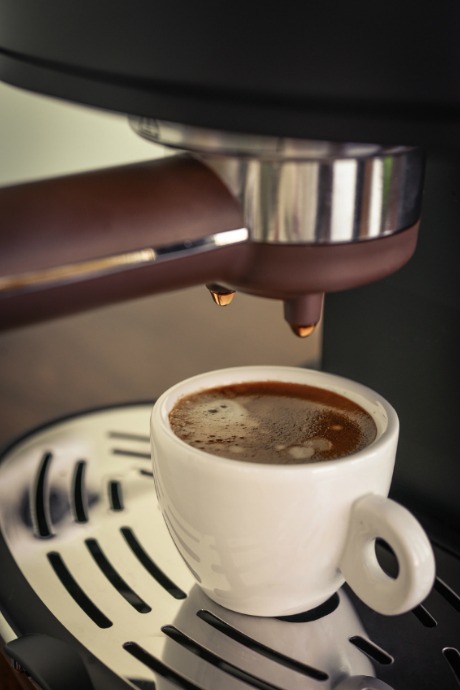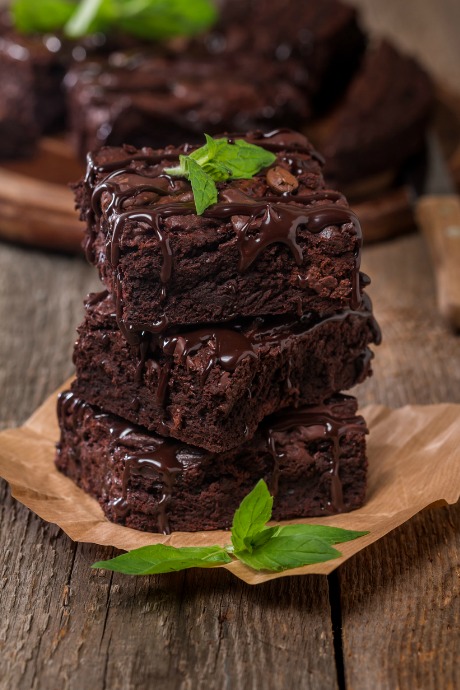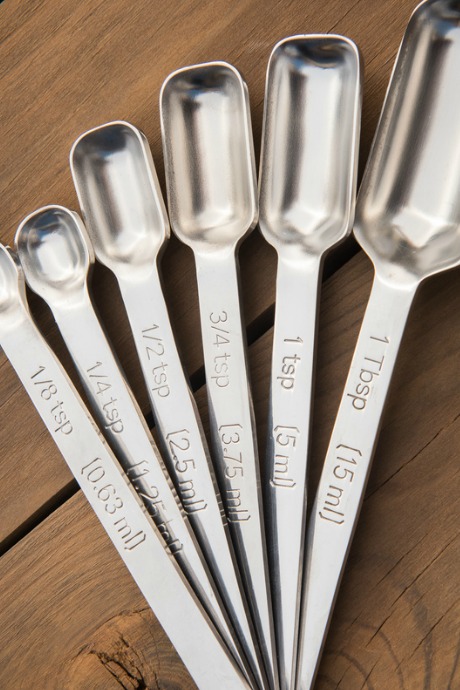Make Chocolate Even Better With Espresso Powder
Posted by Julie on Dec 3rd 2018
Even seasoned bakers can benefit from learning a new trick occasionally. Whether it’s how to soften butter faster or how to check the temperature of your oven, any baker worth their salt is constantly on the lookout for ways to improve their skills.
Before you bake another batch of brownies, check out how to amp up that chocolate flavor in your baking with the help of espresso powder. This small jar of powdery brown goodness isn’t for making coffee; use it to give chocolate a boost instead.
What Is Espresso Powder?
Espresso powder isn’t finely ground espresso coffee beans. Nor is it instant coffee — the crystals that you stir into hot water to make a facsimile of coffee. Espresso powder takes a bit more time and effort.

First, finely ground espresso coffee beans are used to brew espresso. Then the espresso grounds are dried and pulverized into a fine powder. You can buy it in jars at the grocery store — look in the baking aisle or the coffee aisle — or you can make it yourself. The process is fairly intuitive, but we like how this post from The Pudge Factor features photos to help you stay on the right track.
What Does Espresso Powder Do?
The best way to explain the effect of espresso powder is to do a taste test between brownies or cake made with it and without it. The proof is in the depth and complexity of that chocolate taste. In fact, King Arthur Flour advises using it as a way to instantly elevate lower-quality chocolate. DeLallo Italian food makers even suggest using it in all sorts of dessert recipes with deep rich flavors, like caramel and gingerbread.

If you’ve ever forgotten to add salt to a batch of cookies, and they came out tasting sweet yet bland, you know how seasonings can make a big difference in the finished product. King Arthur Flour uses this comparison to illustrate the difference between a chocolate dessert made with espresso powder, and one without.
How to Use Espresso Powder
Now that we’ve convinced you to add this secret ingredient to all your future baking projects that involve chocolate, how much is enough — and how much is too much?
First, the recipe doesn’t have to specify the addition of espresso powder; you can add it anyway. Nor do you have to adjust the quantities in your recipe as long as you add powder, not liquid espresso.

The amount you add will be a matter of trial and error as you get a sense for what works in various recipes. Start with a half-teaspoon if your recipe is small or you are uncertain about its effects. More than a teaspoon will take the flavor past chocolate and into mocha territory. Feel free to experiment and determine what quantity gives you the flavor you like best.
However, DeLallo cautions against substituting instant coffee for espresso powder. In the same quantity, it won’t have nearly the effect. But if you increase the amount of instant coffee, the flavor is likely to turn bitter.
Take Espresso Powder Beyond Chocolate
If you find you love using espresso powder in your baking, check out this collection of ideas from Martha Stewart. Just as salt can be used to elevate and transform flavors, so can this handy seasoning.

